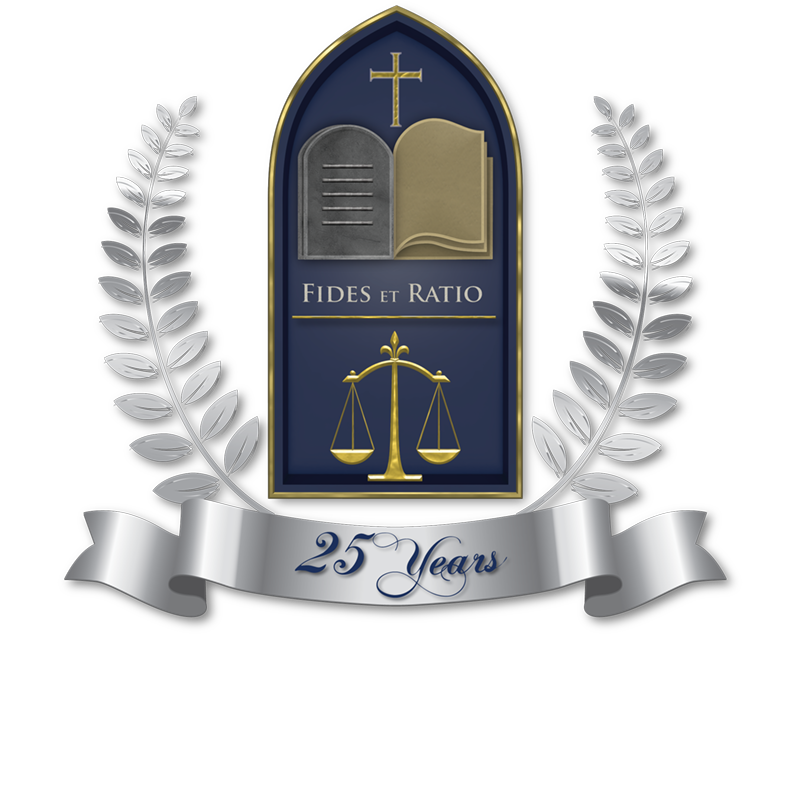Combatting Deepfake Pornography: The Battle for Digital Decency

By Brianna Pritts,
The Gavel, Contributor
J.D. Candidate, Class of 2025
Artificial intelligence’s (“AI”) use expands far beyond programs that help curate essays or thank-you notes. Using AI, individuals can generate deepfake pornographic content, both as photos and video. Deepfake technology refers to media that is manipulated to replace it with another’s likeness. Using this technology, individuals can alter and manipulate pieces of content to compound them into a computer generated this is used against a former significant other who the creator wishes to get revenge on, or creators will use the likeness of a certain celebrity to get more views. Celebrities, such as Taylor Swift and Emma Watson, have had their likeness subjected to deepfake pornographic content.
Deepfake manufacturers have the ability to take a picture from a person’s social media and turn it into deepfake pornography. The individual whose likeness is used may have innocently posted a picture on Instagram, the wrong person then saves the picture, and now their likeness is being used, without her knowledge, in explicit material.
Currently, most states have regulations on revenge pornography, which is the distribution of pornographic material without the depicted individual’s consent. For example, Georgia makes it a felony to electronically transmit or post pornographic material when it is being used to harass the depicted individual.1 However, deepfake pornography is not necessarily covered by existing laws. These laws require that it is the individual participating in a sexual act.2 Thus, if an individual’s face is superimposed on another person’s body, the manufacturer would not satisfy current revenge pornography laws. For example, Maryland’s criminal law regarding revenge pornography requires that the person who distributed the material have the “intent to harm, harass, intimidate, threaten, or coerce,” and the depicted person “had a reasonable expectation that the image would remain private.”3 Whereas, with deepfake pornography, the intent of the person distributing may not be malicious, as the material may depict someone personally unknown to the creator. Further, the depicted person would not have a reasonable expectation the image would remain private because she was unaware of the creation of the material. Thus, in Maryland, a person whose likeness is used in deepfake pornography would have no legal recourse.
Many legislators are aware of the dangers of deepfake pornography, and many states have enacted or proposed legislation to combat it.4 Proposed legislation in California aims to criminalize knowingly distributing computer-generated audio or visual pornographic material using a person’s likeness without consent, and violation could result in up to a year in jail.5
California has also introduced a civil cause of action for individuals who are nonconsenually depicted in deepfake pornography.6 This cause of action requires that the defendant’s intent was to “cause harm or despicable conduct.”7 Despicable conduct is described as something that is “so vile, base, or contemptible that it would be looked down on and despised by a reasonable person.”8 This differs from other statutes that require a higher level of harm done, such as Georgia’s statute requiring the purpose is to harass the individual.9 Although this standard seems unclear, the legislation specifically targets nudity or sexual content that is computer generated.10 Thus, those depicted in deepfake porn would have a specific cause of action. Federally, legislation has been introduced to target deepfake pornography.11 The “Preventing Deepfakes of Intimate Images Act” seeks to criminalize the non-consensual distribution of deepfake pornography, as well as allow individuals depicted to seek civil remedy.12
However, it is unclear how effective laws prohibiting deepfake pornography will be. One main criticism is jurisdictional issues. Although some states have current laws prohibiting the use of deepfake pornography, it is exceedingly rare for the creator to be in the same state as the individual depicted. Further, the creator may be in a different country. Thus, it may be impossible to ever prosecute or serve the creator or distributor of the material. Additionally, due to the minor penalties imposed, there may be no real incentive to attempt to serve justice on a charge or claim.
The proliferation of deepfake pornography is a concerning challenge facing legislators, and legal efforts on the state and federal level have begun to face this new issue. These legal initiatives represent important steps toward combatting deepfake pornography and protecting the dignity of individuals online.
References:
1 GA. CODE ANN. § 16-11-90 (2014)
2 Id.
3 MD. CODE ANN., Crim. Law. § 3-809 (2014).
4 AB 1721
5 Id.
6 CAL. CIV. CODE § 1708.86 (2019).
7 Id.
8 Id.
9 GA. CODE ANN. § 16-11-90 (2014)
10 Anne Pechenik Gieseke, “The New Weapon of Choice”: Law’s Current Inability to Properly Address Deepfake Pornography, 73 Vand. L. Rev. 1479, 1503 (2020).
11 Id., at 1504.
12 Preventing Deepfakes of Intimate Images Act, H.R. 3106, 118th Cong. (2023).




